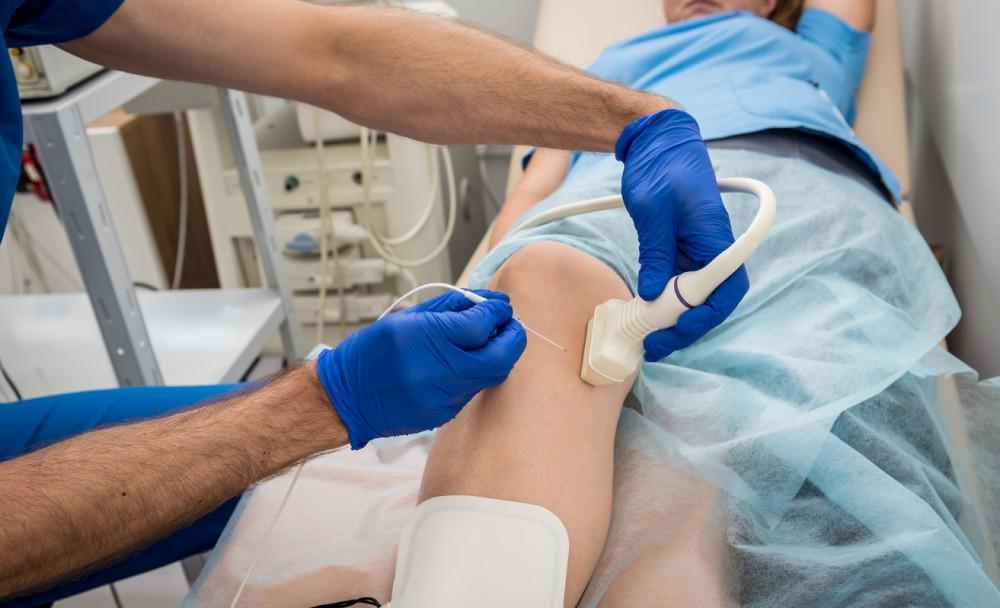Introduction
Venous ulcers are a common and painful complication of chronic venous insufficiency, affecting many individuals with poor vein health. These ulcers typically develop on the lower legs and can be challenging to heal. In this comprehensive guide, we will explore effective strategies for preventing and caring for venous ulcers, helping you maintain healthy veins and improve your quality of life.
Understanding Venous Ulcers
What Are Venous Ulcers?
Venous ulcers are open sores that develop on the skin, usually around the lower legs and ankles, due to poor blood circulation. They occur when the veins in the legs fail to return blood efficiently to the heart, leading to increased pressure and fluid buildup. This can cause the skin to break down and form an ulcer.
Causes and Risk Factors
The primary cause of venous ulcers is chronic venous insufficiency (CVI), a condition where the vein valves do not function properly, leading to blood pooling in the legs. Other risk factors include:
- Age: Older adults are more susceptible to venous ulcers.
- Gender: Women are at higher risk due to hormonal changes.
- Obesity: Excess weight increases pressure on the veins.
- Family History: A family history of venous disorders can increase risk.
- Prolonged Standing or Sitting: Occupations that require long periods of standing or sitting can contribute to vein problems.
Preventing Venous Ulcers
Maintain a Healthy Lifestyle
A healthy lifestyle is crucial for preventing venous ulcers. Regular exercise, a balanced diet, and maintaining a healthy weight can improve blood circulation and reduce the risk of developing venous ulcers.
- Exercise: Engage in activities like walking, swimming, and cycling to promote blood flow in the legs.
- Diet: Consume a diet rich in fruits, vegetables, whole grains, and lean proteins to support vein health.
Wear Compression Stockings
Compression stockings apply pressure to the legs, helping to improve blood flow and reduce swelling. They are particularly beneficial for individuals with chronic venous insufficiency.
- Tip: Wear compression stockings during the day, especially if you spend long periods standing or sitting.
Elevate Your Legs
Elevating your legs above heart level can help reduce swelling and improve blood circulation. Make it a habit to elevate your legs for 15-20 minutes several times a day.
- Tip: Use pillows or a footrest to keep your legs elevated while resting or sleeping.
Avoid Prolonged Standing or Sitting
Prolonged standing or sitting can worsen venous insufficiency and increase the risk of ulcers. Take regular breaks to move around and stretch your legs.
- Tip: Set a timer to remind yourself to stand up and walk around every 30 minutes if you have a sedentary job.
Caring for Venous Ulcers
Clean and Dress the Wound
Proper wound care is essential for healing venous ulcers. Clean the ulcer with a gentle saline solution and apply a prescribed dressing to protect the wound and promote healing.
- Tip: Follow your healthcare provider’s instructions for wound care and dressing changes.
Manage Infection
Infections can complicate the healing process of venous ulcers. Look for signs of infection such as increased redness, swelling, warmth, and pus. If you suspect an infection, seek medical attention promptly.
- Tip: Keep the ulcer clean and dry, and take prescribed antibiotics if necessary.
Use Topical Treatments
Topical treatments such as medicated creams and ointments can help reduce inflammation and promote healing. Your healthcare provider may recommend specific topical treatments based on the condition of your ulcer.
- Tip: Apply topical treatments as directed, and avoid using over-the-counter products without consulting your doctor.
Regular Check-Ups
Regular check-ups with a vein specialist are crucial for monitoring the progress of venous ulcers and making necessary adjustments to your treatment plan. Your specialist can provide guidance on wound care, compression therapy, and other preventive measures.
- Tip: Schedule follow-up appointments as recommended by your healthcare provider to ensure optimal care and healing.
Conclusion
Preventing and caring for venous ulcers requires a combination of healthy lifestyle choices, proper wound care, and regular medical supervision. By maintaining a healthy weight, exercising regularly, wearing compression stockings, and following recommended wound care practices, you can reduce the risk of developing venous ulcers and improve your vein health. Always consult with a healthcare provider for personalized advice and treatment options tailored to your specific needs.

